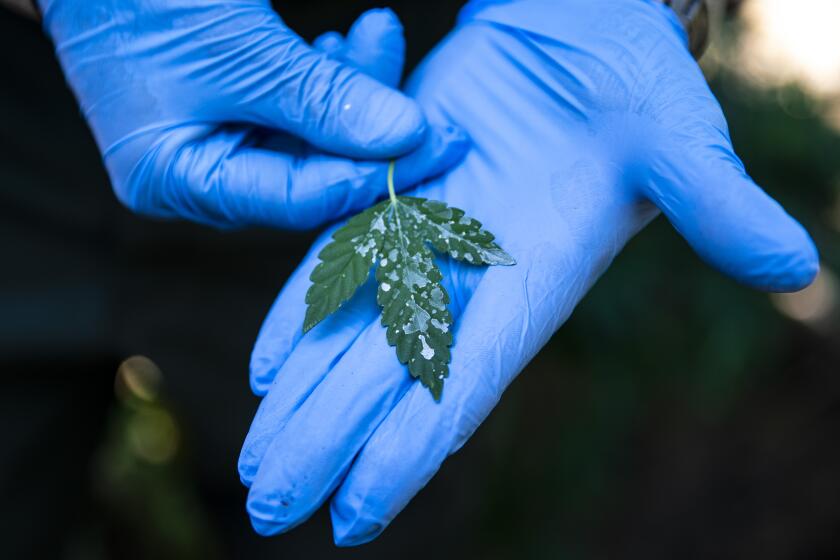Editorial: There’s no place for graffiti in America’s national parks
City dwellers can argue over whether graffiti is vandalism or art or some strange hybrid of the two. But when it appears in national parks, there should be no question: It’s desecration.
Over the last several years, across the 400 parks that fall under the auspices of the National Park Service, incidents of vandalism — graffiti and otherwise — have decreased, and the number of incidents is minuscule compared with the number of visitors each year (292.8 million in 2014).
But in parks near urban areas, graffiti is a persistent problem. At Golden Gate National Recreation Area, which spans three counties in the Bay Area, the concrete walls of historic military batteries have been repeatedly defaced with words and pictures.
At Joshua Tree National Park, spray paintings, rock scratchings and other forms of graffiti have been on the rise. Rattlesnake Canyon was defaced badly enough a couple of years ago that it had to be temporarily closed for restoration. Park officials worked for weeks this year to remove paint and carvings on Barker Dam, only to find more within days. Recently, officials found a bright blue giraffe painted on a boulder on the popular 49 Palms Oasis Trail. Even cactus has been spray-painted at some parks.
Vandals sometimes post their work at national parks on Instagram or other social media, which can get them caught — but can also inspire copycats.
Defenders of the taggers — and yes, there are a few defenders here and there — will sometimes argue that humans have been writing and drawing on ancient natural structures since before history began. But that argument is worse than silly. A modern-day visitor painting funny faces on rocks — as a young woman who signed herself “Creepytings” did at some eight national parks across the West, including Joshua Tree — is simply not the same as Native Americans leaving petroglyphs on rocks when the land was their home. We don’t need to save graffiti and protect it for people to look at 1,000 years from now.
The remedy has to be vigilance on the part of park officials and visitors. The popular Modern Hiker blog, for instance, has been proactive in reporting on incidents of graffiti. And park officials work with law enforcement (but decline to specify tactics being used) and publicize arrests that are made. At Joshua Tree, they’ve also been working with a group of students at Otis College of Art and Design to come up with creative solutions to dissuade visitors who want to leave some mark from leaving it on rocks and trees.
Just as visitors have been taught not to take souvenirs such as flowers or rocks out of the parks or to leave garbage behind on the ground, they apparently must also be taught not to deface nature. The nation’s parks are already works of art — not blank canvases for self-involved visitors.
Follow the Opinion section on Twitter @latimesopinion and Facebook
More to Read
A cure for the common opinion
Get thought-provoking perspectives with our weekly newsletter.
You may occasionally receive promotional content from the Los Angeles Times.






